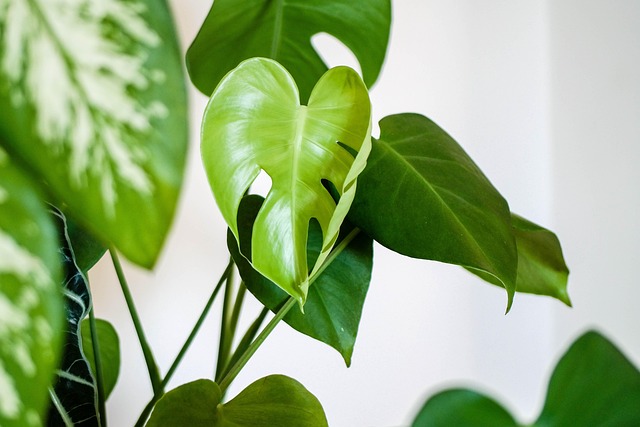
There’s something quietly powerful about a home filled with living, breathing greenery. Beyond their charm and aesthetic appeal, houseplants offer subtle but meaningful benefits to the health of your indoor environment. Over the years of evaluating homes, one thing has become clear: the healthiest homes tend to be the ones that feel alive—and houseplants often play a role in that.
Let’s start with air quality. Indoor air can hold more pollutants than many expect. Dust, off-gassing from synthetic materials, cooking fumes, and even the occasional mildew spore all linger in the air we breathe. While houseplants aren’t magical air purifiers, they do help. Certain species, like spider plants, pothos, and peace lilies, are known to absorb some airborne toxins through their leaves and roots, helping take the edge off stale or contaminated air.
Humidity balance is another area where plants pull their weight. Dry indoor air, especially common during Oregon winters with heaters running nonstop, can irritate skin, sinuses, and eyes. Plants naturally release moisture as they photosynthesize, gently nudging the humidity up to more comfortable levels. It’s not a replacement for a humidifier, but it’s a low-tech assist that runs without a cord or filter.
Mental wellness also gets a boost from a few pots of green. While I’m no psychologist, walking into a home that’s thoughtfully populated with plants always feels different. There’s a sense of care and calm that lingers in the air. Whether it’s the satisfaction of tending to something alive or the subtle visual relief that green spaces offer, the connection between houseplants and reduced stress is hard to miss.
But as with anything home-related, it’s not just about adding—it’s about choosing wisely and maintaining properly. Overwatered plants can encourage mold growth. Poor drainage can damage flooring. A neglected plant corner can quickly become a gnat’s paradise. Like any system in a home, your indoor garden needs regular attention and the right fit for the space and light conditions.
For anyone looking to create a home that feels and functions better, integrating a few houseplants is a smart, low-cost step. You don’t need a greenhouse or a green thumb—just a little curiosity and the willingness to learn. Start small. Watch. Adjust.
A home isn’t just walls and wires—it’s a place where health quietly builds or erodes over time. And sometimes, a few well-chosen leaves can help tip the balance in the right direction.

Recent Comments